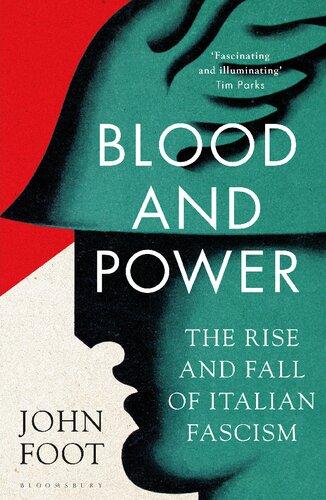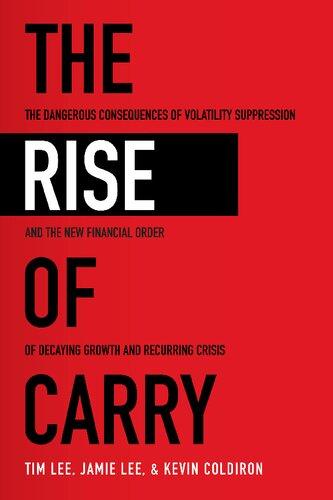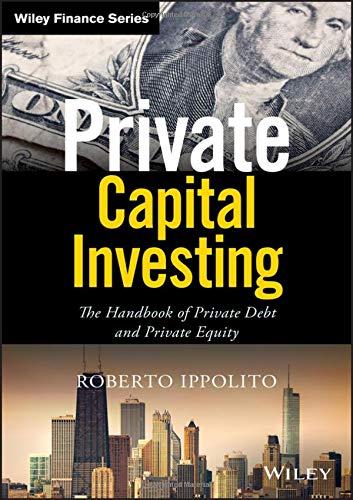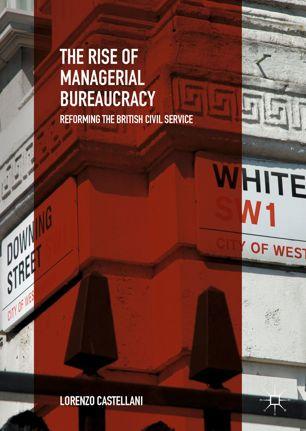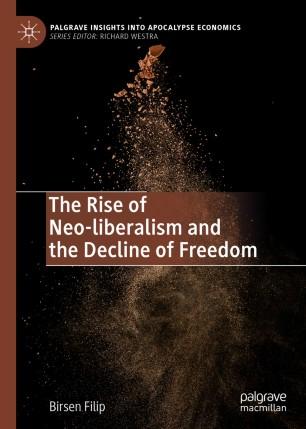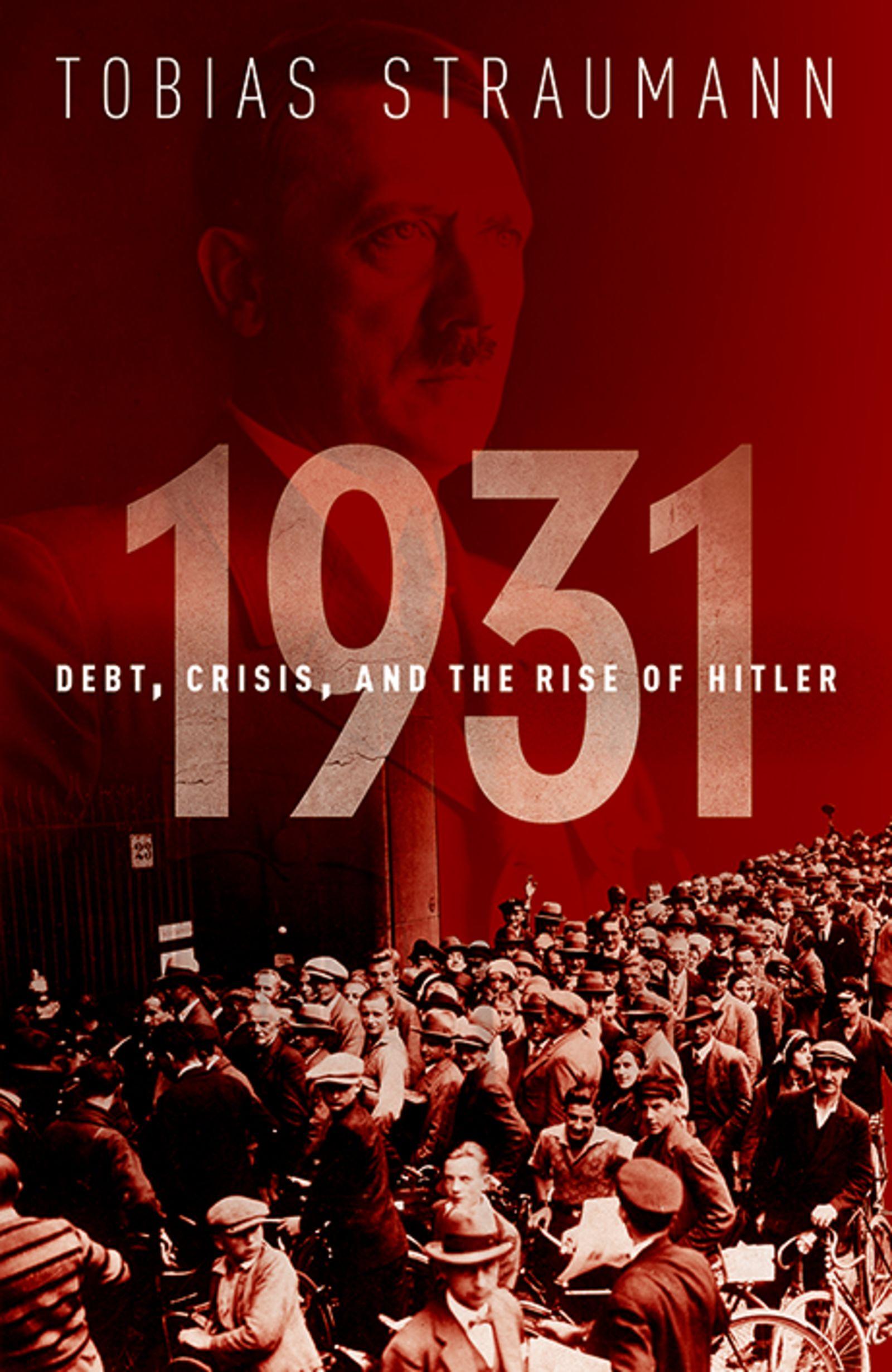1
Great Clarendon Street, Oxford, ox2 6dp, United Kingdom
Oxford University Press is a department of the University of Oxford. It furthers the University’s objective of excellence in research, scholarship, and education by publishing worldwide. Oxford is a registered trade mark of Oxford University Press in the UK and in certain other countries © Tobias Straumann 2019
The moral rights of the author have been asserted
First Edition published in 2019
Impression: 1
All rights reserved. No part of this publication may be reproduced, stored in a retrieval system, or transmitted, in any form or by any means, without the prior permission in writing of Oxford University Press, or as expressly permitted by law, by licence or under terms agreed with the appropriate reprographics rights organization. Enquiries concerning reproduction outside the scope of the above should be sent to the Rights Department, Oxford University Press, at the address above
You must not circulate this work in any other form and you must impose this same condition on any acquirer
Published in the United States of America by Oxford University Press 198 Madison Avenue, New York, NY 10016, United States of America
British Library Cataloguing in Publication Data
Data available
Library of Congress Control Number: 2018965383
ISBN 978–0–19–881618–8
Printed and bound in Great Britain by Clays Ltd, Elcograf S.p.A.
Links to third party websites are provided by Oxford in good faith and for information only. Oxford disclaims any responsibility for the materials contained in any third party website referenced in this work.
Thisis a book about one of the most important events of modern times; the German financial crisis of 1931. In the summer of that year, parts of the German banking system collapsed, the government stopped servicing some of its foreign debts, and the free convertibility of the German currency was abruptly suspended. These shocks triggered a global liquidity crisis, the destruction of the gold-based international monetary system, and a severe banking crisis in the United States, turning the worldwide recession into a depression. The German financial crisis of 1931 also had devastating political consequences, undermining the established democratic parties and enabling Hitler’s rise to power.
The idea to write this book grew out of my belief that the wider public has little knowledge of the 1931 German financial crisis and its key role in Hitler’s sudden electoral success. But the immediate spur to action came from my unease observing the intense debates surrounding the euro crisis that erupted in Greece in 2010 and spilled over to other southern European countries and Ireland. As in the 1930s, a doomed loop of activity involving sovereign debt, private debt, bank failures, and a deficient monetary system led to a financial crisis that shook—and, in my view, continues to shake—Western Europe’s political foundations.
The relevance of the German financial crisis of 1931 for today’s debates goes beyond this obvious parallel, however. The fundamental cause of the German crisis was the inability of the parties
to resolve the demands of international agreements with those of domestic political realities. The victors of the First World War aimed to design a reparations scheme that punished Germany without crushing it, and in order to reach this goal, many wellmeaning diplomats and politicians tried several times to make the scheme more tolerable to Germany, ending with the so-called Young Plan in 1930. But, the negotiators of the Young Plan failed to take adequate account of the rapidly deteriorating economic and political situation in Germany. The recession which began in 1929 was forcing Chancellor Heinrich Brüning’s government repeatedly to lower wages, cut spending, and raise taxes in order to service its reparations and other foreign debts, exacerbating the recession and playing directly into Hitler’s hands.
Hitler revelled in blaming foreign powers for Germany’s economic difficulties. And, as nearly all Weimar politicians were unhappy with the reparations regime, they rebutted his arguments only half-heartedly. Of course, his criticisms were exaggerated, and it goes without saying that other factors contributed to his success—Hitler’s charisma and political talent, the antiSemitic climate, his stand against Bolshevism, his emphatic nationalism, and his messianic promise to unite the German people. Nevertheless, when analysing his speeches and electoral campaigns, one is struck by the success of his relentless denunciations of the reparations regime. Foreign debt, austerity, and the rise of Hitler were closely intertwined.
To develop this narrative, I have drawn ideas from many conversations with friends and colleagues. The most important of these were Markus Diem Meier, Markus Somm, and Oliver Zimmer. They forced me to sharpen the argument and explain the relevance of a past financial crisis. In addition, Oliver, one of the
most astute observers of social shifts and their political implications I know, was the first to encourage me to go beyond the economic aspects of the 1931 financial crisis. His constant support proved crucial for completing the project. I also profited enormously from exchanges with economic historians who share my strong interest in the 1931 crisis: Olivier Accominotti, Alexander Apostolides, Johannes Bähr, Simon Banholzer, Vincent Bignon, Øyvind Eitrheim, Marc Flandreau, Juan Flores, Luca Froelicher, Per Hansen, Clemens Jobst, Lars Jonung, Drew Keeling, Jan Tore Klovland, Peter Kugler, Matthias Morys, Lars Ögren, Lars Fredrik Øksendal, Mary O’Sullivan, Gianluca Pardini, Alexander Rathke, Alfred Reckendrees, Samad Sarferaz, Mark Spoerer, Stefano Ugolini, Scott Urban, Hans-Joachim Voth, Florian Weber, Ulrich Woitek, and Nikolaus Wolf. I owe special thanks to Harold James and Albrecht Ritschl whose endorsement proved crucial for finalizing the book. Finally, I am indebted to Ian Rodger for making this book readable for an English audience and helping me clarify my thoughts, and Luciana O’Flaherty and her staff at Oxford University Press for their excellent management and support.
list of maps
1. Germany after the Treaty of Versailles 11
2. The occupation of the Ruhr Valley and the Rhineland 30
1.1
1. Felix Somary, photo taken in the late 1930s
2. Cartoon by David Low: ‘A reparations sorry-go-round’, Evening Standard, 29 April 1929
3. French Foreign Minister Aristide Briand, Prime Minster André Tardieu, and Finance Minister Henri Chéron in Paris, before departing to the Second Hague Conference, January 1930
4. German Foreign Minister Julius Curtius and Finance Minister Paul Moldenhauer in Berlin, before departing to the Second Hague Conference, January 1930
5. Young Plan conference chaired by Owen Young at Hotel George V in Paris, 1929
6. Poster supporting referendum against Young Plan in December 1929: ‘Until the third generation you will have to labour’
7. President Paul von Hindenburg, 1930
8. Chancellor Heinrich Brüning, 1930
9. Election poster of NSDAP in September 1930
10. Hans Schäffer, State Secretary of the German Finance Ministry
11. US ambassador Frederick Sackett and his wife Olive Speed Sackett in Berlin
12. Chancellor Heinrich Brüning, British ambassador Sir Horace Rumbold, and Foreign Minister Julius Curtius at Lehrter train station in Berlin before departing to Chequers 142
13. British Prime Minister Ramsay MacDonald 144
14. US President Herbert Hoover 163
15. Bank run in Berlin on 13 July 1931 191
16. Adolf Hitler running for the presidency and Joseph Goebbels at a rally in the Lustgarten in Berlin, 4 April 1932 197
4.1 Results of Reichstag elections, 1928–1932
77
9.1 Financial effects of the Hoover Plan on Germany and its most important creditor countries 175
abbreviations
ADAP Akten zur deutschen auswärtigen Politik
AdR Akten der Reichskanzlei
DBFP Documents on British Foreign Policy
DDP Deutsche Demokratische Partei (German Democratic Party)
DNVP Deutschnationale Volkspartei (German National People’s Party)
DVP Deutsche Volkspartei (German People’s Party)
FRUS Papers relating to the Foreign Relations of the United States
KPD Kommunistische Partei Deutschlands (Communist Party of Germany)
NSDAP Nationalsozialistische Deutsche Arbeiterpartei (a.k.a. Nazis) (National Socialist German Workers’ Party)
NYT The New York Times
OHL Oberste Heeresleitung
SA Sturmabteilung (Storm Troops)
SPD Sozialdemokratische Partei Deutschlands (Social Democratic Party of Germany)
VZ Vossische Zeitung
On14 July 1931, Joseph Goebbels, leader of the NSDAP (Nationalsozialistische Deutsche Arbeiterpartei) Berlin branch and party propaganda chief, was exultant. ‘The craziest things happen in politics’, he wrote in his diary. ‘The credits have dried up. Chancellor Brüning has run into serious problems. The Reich is verging on bankruptcy. Our hour approaches with eerie certainty, and we will seize it. After Brüning, it is our turn.’1
Sadly, Goebbels was right. Germany’s financial crisis precipitated the collapse of the Weimar Republic with frightening speed. Only eighteen months later, in January 1933, Hitler was named Chancellor by President Hindenburg. Goebbels may have been wrong in predicting that the Nazis would overtake the government immediately after Brüning—two other figures, Franz von Papen and Kurt von Schleicher, sat briefly in the Chancellery before Hitler came to power—but Goebbels’s basic intuition was correct. A government that shuts down banks, introduces capital controls, and declares partial default in the middle of a deep slump has little chance of surviving. Brüning managed to stay in power until May 1932, but after July 1931 he was mortally wounded. Germany’s 1931 financial crisis not only gave the Nazis the opening they needed, but also triggered an international liquidity crisis, throwing banks and financial markets across the globe into chaos. Panicked investors forced sterling to go off the gold standard, prompting a wave of devaluations in such distant places as
India and Japan, a run on the dollar, and a banking crisis in the United States. Like dominoes, the pillars of the global economy toppled one after another. It was not the stock market crash of 1929 that pushed the world into economic depression, but the German crisis of 1931. This in turn further weakened the German economy and the government in Berlin.
Every generation since has studied this extraordinary period of political and economic havoc.2 Now that we are emerging from another great financial crisis and living in a world of political polarization, it seems a particularly appropriate moment to revisit the events of 1931. The central question that needs to be answered has remained the same ever since it happened: why weren’t policymakers able to prevent such a disaster?
A common hypothesis is that they did not see it coming, and there is some truth to that. Early warnings expressed by independent economists were ignored, and many politicians indulged themselves in moralistic lecturing that lacked basic economic literacy. Yet, after the currency crisis triggered by the sensational victory of the Nazi Party in the September 1930 Reichstag elections, many politicians realized that Germany was on the brink of financial collapse. From that moment, they had plenty of time to prevent the disaster from happening. So cognitive inertia explains only part of the drama.
But if policymakers became aware of what was at stake, what took them so long to act? Did they lack the courage to take tough decisions? Again, there is some evidence to support this view, as, undoubtedly, the politicians in charge were not extraordinary statesmen. But when we study the biographies of Western political leaders of that era, they do not appear particularly cowardly or incompetent. US President Herbert Hoover was an intelligent and experienced administrator with a great understanding of Europe’s
problems. The British Prime Minister Ramsay MacDonald showed a deep interest in international cooperation, eager to build bridges to ease tensions. French foreign policy was in the hands of Aristide Briand, one of the most able diplomats to have served France. And the German Chancellor Heinrich Brüning was considered a judicious politician and one of the leading experts in fiscal policy at the time. Of course, they all made mistakes, especially Brüning, but it is hard to argue that a different set of politicians would have easily defused the ticking bomb.
Another hypothesis highlights the institutional framework within which politicians operated. This appears to be the most plausible explanation. In the early 1930s, the German government had almost no room for manoeuvre because of its heavy foreign debt burden. Not only did it have to pay reparations for the First World War, it was also heavily indebted to foreign banks in the wake of a borrowing frenzy during the boom years of the late 1920s. When the world economic crisis took hold, the German government had no choice but to pursue austerity policies that further deepened the recession and required several rounds of spending cuts and tax increases. Furthermore, the gold standard made it difficult to provide sufficient liquidity to the banking system. The German central bank was required to hold a minimum of 40 per cent gold and foreign exchange reserve against all notes in circulation. It was only a matter of time, in these pernicious circumstances, before radical parties would win elections and the financial and monetary system would collapse.3
It is obvious that creditors, both private and public, could and should have relieved Germany of its obligations, and there were important voices demanding just that. But for understandable reasons, politicians in France, Great Britain, and the USA hesitated
and opted for a gradual diplomatic approach. The memory of the Great War was still fresh, governments distrusted each other, and domestic public opinion in key countries was sceptical about farreaching concessions and debt cancellations. Moreover, the crisis deepened with great speed, overwhelming the everyday routine of politics and diplomacy. Eventually, at the eleventh hour, US President Hoover started an initiative to stop the run on the German currency. But it was too late to prevent the 1931 financial crisis.
Thus, the German crisis is instructive not because it shows that politicians sometimes fail to act courageously. That is to be expected. Most of us like to play safe. Rather, it teaches us a timeless lesson about the importance of getting international agreements right. In the 1920s, the Allies failed to come up with a reparation regime corresponding to the economic and political realities in Germany. True, diplomats and politicians tried hard to adjust the regime to changing circumstances, holding nearly thirty specially convened conferences and agreeing on the Dawes Plan of 1924 and then the Young Plan of 1930. But a study of the proceedings of the 1920s conferences reveals little evidence of an awareness of the urgent need for a new, more realistic approach.
‘The politically practicable and the economically possible were at war’, a contemporary observer aptly summarized the tragedy unfolding between 1919 and 1931. ‘The struggle was like some long drawn out conflict on a hill-side, where political forces endeavoured repeatedly to advance uphill, and on occasion even succeeded in doing so for a time, while the prevailing economic factors drove them steadily downhill.’4
The following account will focus on the most dramatic period between January 1930, when the Young Plan was concluded, and July 1931 when the financial crisis erupted. We will see in Part I how
most bankers, diplomats, and politicians were slow in deciphering the magnitude of what was happening. Part II describes the turning points that made them understand what was at stake and how they tried to work around the constraints. Part III describes the ultimate failure to avert the disaster and the rapid deterioration of the financial crisis. It is a story of almost biblical proportions, demonstrating how quickly a situation that seems manageable at first can spin out of control.




